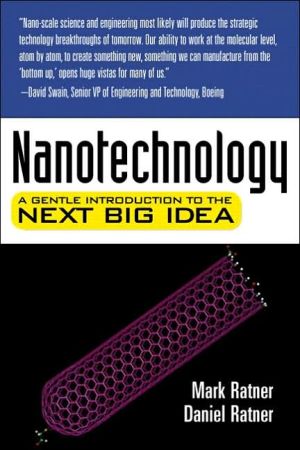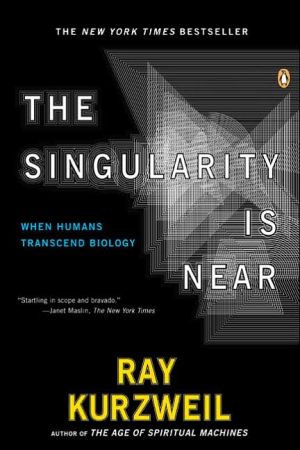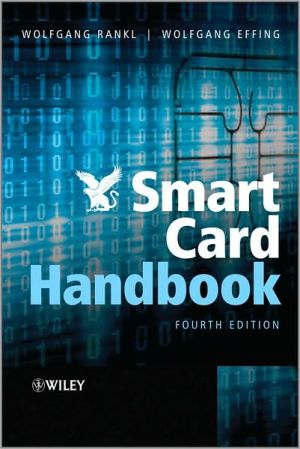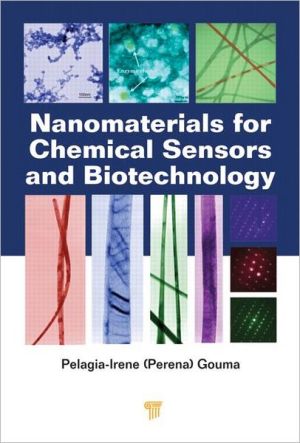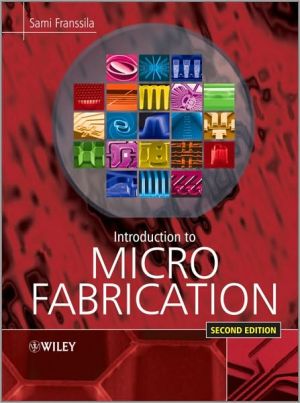Nanotechnology: A Gentle Introduction to the Next Big Idea
Nanotech for everyone! The friendly, non-technical guide to the next industrial revolution.\ \ Discover the world's next $1 trillion industry!\ The easy-to-understand guide to nanoscale technology, science, business, and ethics\ Today's hottest nanotech research and tomorrow's hottest applications\ Nanobots, quantum and DNA computing, nanosensors, neuro-electronic interfaces, and much more\ Insider's assessment of the nanotechnology marketplace and investment opportunities\ \ By 2015,...
Search in google:
In Nanotechnology: A Gentle Introduction to the Next Big Idea, nanotech pioneer Mark Ratner and tech entrepreneur Daniel Ratner show how nanotech works, what's new, what's next, and why nanotech may be the next $1 trillion industry. They survey every area of R&D: nanobots, quantum and DNA computing, nanosensors, biostructures, neuro-electronic interfaces, molecular motors, and much more. Simple, brief, and nearly math-free, this is the perfect briefing on nanotech technology and business for every non-technical reader.
This book has a straightforward aim—to acquaint you with the wholeidea of nanoscience and nanotechnology. This comprises the fabricationand understanding of matter at the ultimate scale at whichnature designs: the molecular scale. Nanoscience occurs at the intersectionof traditional science and engineering, quantum mechanics,and the most basic processes of life itself. Nanotechnology encompasseshow we harness our knowledge of nanoscience to create materials,machines, and devices that will fundamentally change the waywe live and work.\ Nanoscience and nanotechnology are two of the hottest fields inscience, business, and the news today. This book is intended to helpyou understand both of them. It should require the investment ofabout six hours—a slow Sunday afternoon or an airplane trip fromBoston to Los Angeles. Along the way, we hope that you will enjoythis introductory tour of nanoscience and nanotechnology and whatthey might mean for our economy and for our lives.\ The first two chapters are devoted to the big idea of nanoscienceand nanotechnology, to definitions, and to promises. Chapters 3 and4 discuss the science necessary to understand nanotechnology; youcan skip these if you remember some of your high school science andmathematics. Chapter 5 is a quick grand tour of some of the thematicareas of nanotechnology, via visits to laboratories. Chapters 6 to 9are the heart of the book. They deal with the topical areas in whichnanoscience and nanotechnology are concentrated: smart materials, sensors, biological structures, electronics, and optics. Chapters 10 and11 discuss business applications and the relationship of nanotechnologyto individuals in the society. The book ends with lists of sourcesof additional information about nanotechnology, venture capitalistswho have expressed interest in nanotechnology, and a glossary of keynanotechnology terms. If you want to discuss nanotechnology or findlinks to more resources, you can also visit the bookÕs Web site atwww.nanotechbook.com.\ We enjoyed the writing and hope you enjoy the read.
Preface1Introducing Nano12Size Matters113Interlude One - The Fundamental Science Behind Nanotechnology194Interlude Two: Tools of the Nanosciences375Points and Places of Interest: The Grand Tour636Smart Materials837Sensors978Biomedical Applications1079Optics and Electronics12110Nanobusiness14111Nanotechnology and You153ASome Good Nano Resources163Glossary167Index179About the Authors187
\ From Barnes & NobleThe Barnes & Noble Review\ Nanotechnology is hot. But once you get past the hype, what exactly is nanotech? How does it work? What nanotech products and applications are already out there? Which technological breakthroughs are most exciting? What nanotechnologies look like sure bets; which are long shots? How does nanotech fit into computing? Into biotech? Into manufacturing and defense? And what might be the ethical implications of devices small enough to go anywhere, see anything, even hide beneath the “radar” of your immune system? \ Oh, and could you answer all those questions in plain English?\ Mark and Dan Ratner have done just that, in Nanotechnology: A Gentle Introduction to the Next Big Idea.\ This isn’t just a journalist’s speculation. Mark Ratner, the “Father of Molecular Electronics,” is one of the world’s leading nanotech researchers, and winner of the field’s leading scientific award, the Feynman Prize.\ But, unlike many treatments of nanotech, this book isn’t just about the science. It covers the business, engineering, and social implications, too. And it isn’t about just one corner of nanotech, such as nanobots. It covers the waterfront: quantum computing, biostructures, nanotubes, molecular motors, nanosensors, you name it. To really understand our tiny future, start right here. Bill Camarda\ Bill Camarda is a consultant, writer, and web/multimedia content developer. His 15 books include Special Edition Using Word 2000 and Upgrading & Fixing Networks For Dummies®, Second Edition.\ \ \
